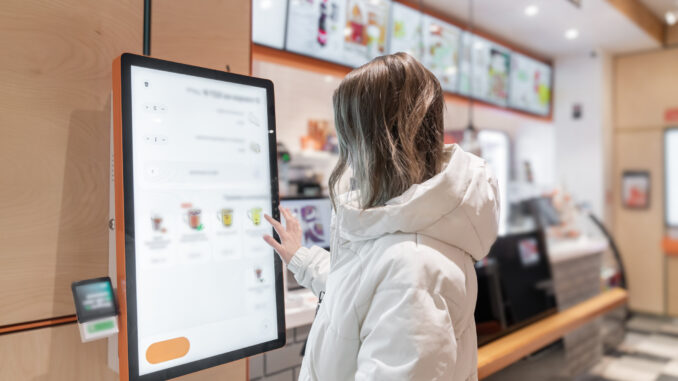
5.7.2025
PAR Technology Corporation, a leading provider of enterprise foodservice technology, has released its 2025 Quick Service Restaurant (QSR) Operational Index Report—offering a comprehensive, data-driven look at how digital transformation is reshaping the restaurant industry. Based on analysis of over 4.5 billion transactions and $67 billion in sales from more than 30,000 QSR locations, the report highlights the central role technology plays in boosting efficiency, profits, and guest engagement across the sector.
The findings show a clear link between digital channel growth and operational performance. In 2024, QSRs saw an average 5% increase in transactions and 8% rise in profits, despite only modest price inflation. Much of that growth was tied to digital engagement—particularly loyalty and delivery. Loyalty-related transactions rose by more than 30%, and delivery volumes have surged by a staggering 383% since 2020.
Kiosk and mobile ordering solutions also saw rapid adoption, further signaling the shift toward digital-first dining experiences. Kiosk transactions were up 27% year-over-year (and 49% since 2020), while mobile ordering saw 21% year-over-year growth and an astonishing 368% increase over a four-year span. These channels now outperform traditional ones: delivery orders generated 73% more transactions than counter and kiosk check-ins, and 63% more than mobile and drive-thru combined.
The data also shows a shift in peak ordering windows, with dinner (4–9 p.m.) representing the highest-volume period, generating 267% more transactions than breakfast, 55% more than lunch, and 29% more than late-night. Restaurants equipped with integrated, real-time tech platforms are best positioned to capture this demand while ensuring order accuracy and throughput.
On the labor front, rising costs and staffing shortages continue to present operational challenges. In 2024, QSRs experienced a 6% increase in labor costs—twice the U.S. average. Certain states, such as Georgia (28%), Hawaii (11%), and Wisconsin, Alabama, and Alaska (7%), experienced more acute cost spikes. Despite a decline in turnover rates from 139% to 122%, 78% of restaurant operators still reported ongoing staffing difficulties.
To offset labor pressures and maximize profitability, PAR Technology recommends that operators:
-
Invest in first-party delivery platforms to reduce third-party fees, improve data access, and enhance brand loyalty.
-
Continue adopting kiosk and mobile ordering systems to streamline front-of-house operations and improve throughput.
-
Leverage advanced labor scheduling tools and consider automation for repetitive or high-turnover roles to reduce staffing strain.
PAR’s 2025 report reinforces the idea that QSRs are undergoing a profound digital transformation. Operators who integrate cloud-based platforms, guest engagement tools, and operational automation are emerging as the clear winners—able to respond to consumer expectations with greater agility, precision, and profitability.

